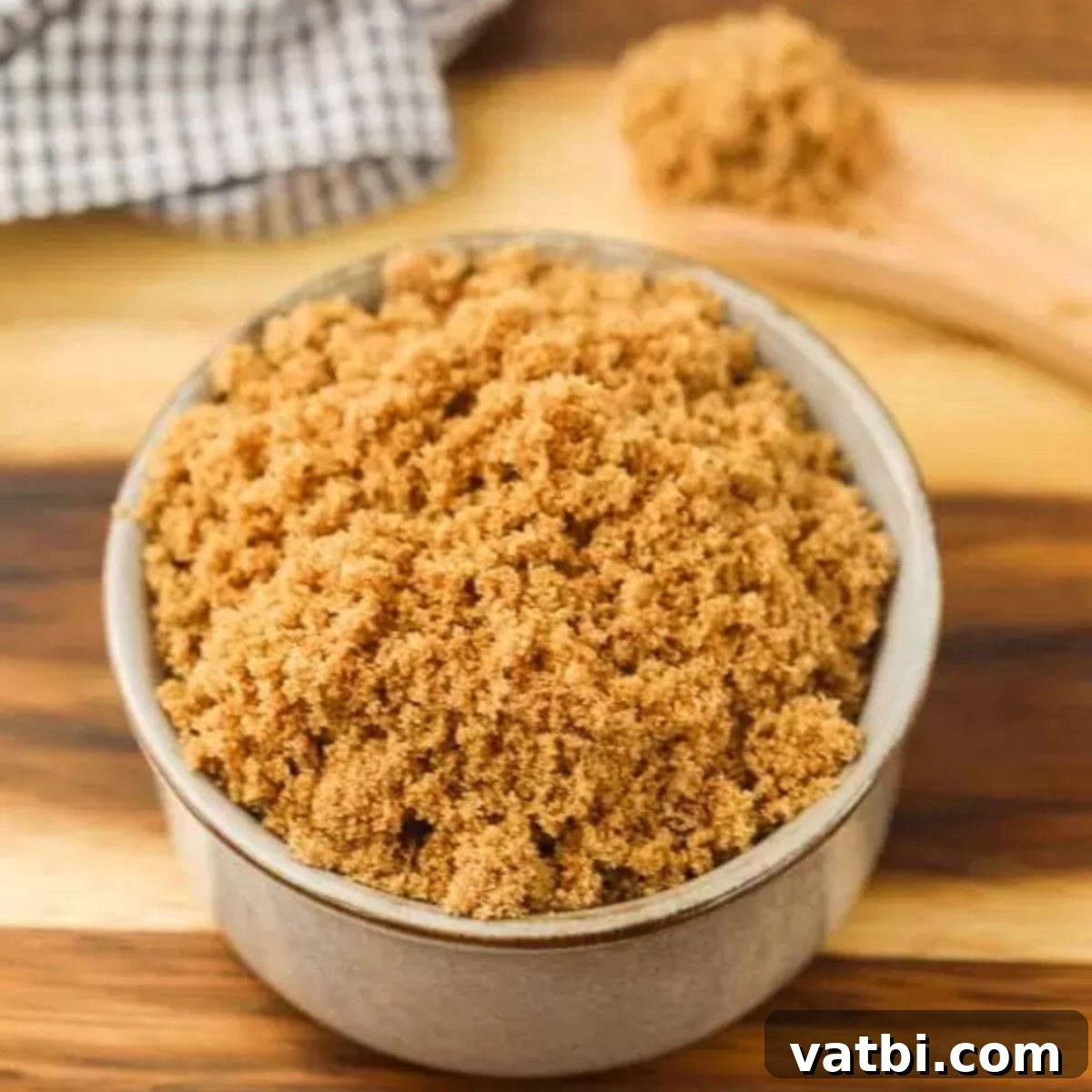Homemade Brown Sugar: The Easy 2-Ingredient Recipe You Need for Perfect Baking
Discover how incredibly simple it is to make your own homemade brown sugar right in your kitchen! This effortless recipe requires just two basic ingredients and mere minutes of your time, ensuring you’ll never run out of this essential baking staple again. You’ll absolutely love having a fresh batch on hand to infuse your baked goods with unparalleled flavor, depth, and moisture. Say goodbye to last-minute grocery runs and hello to a consistent supply of this rich, caramel-like sweetener.
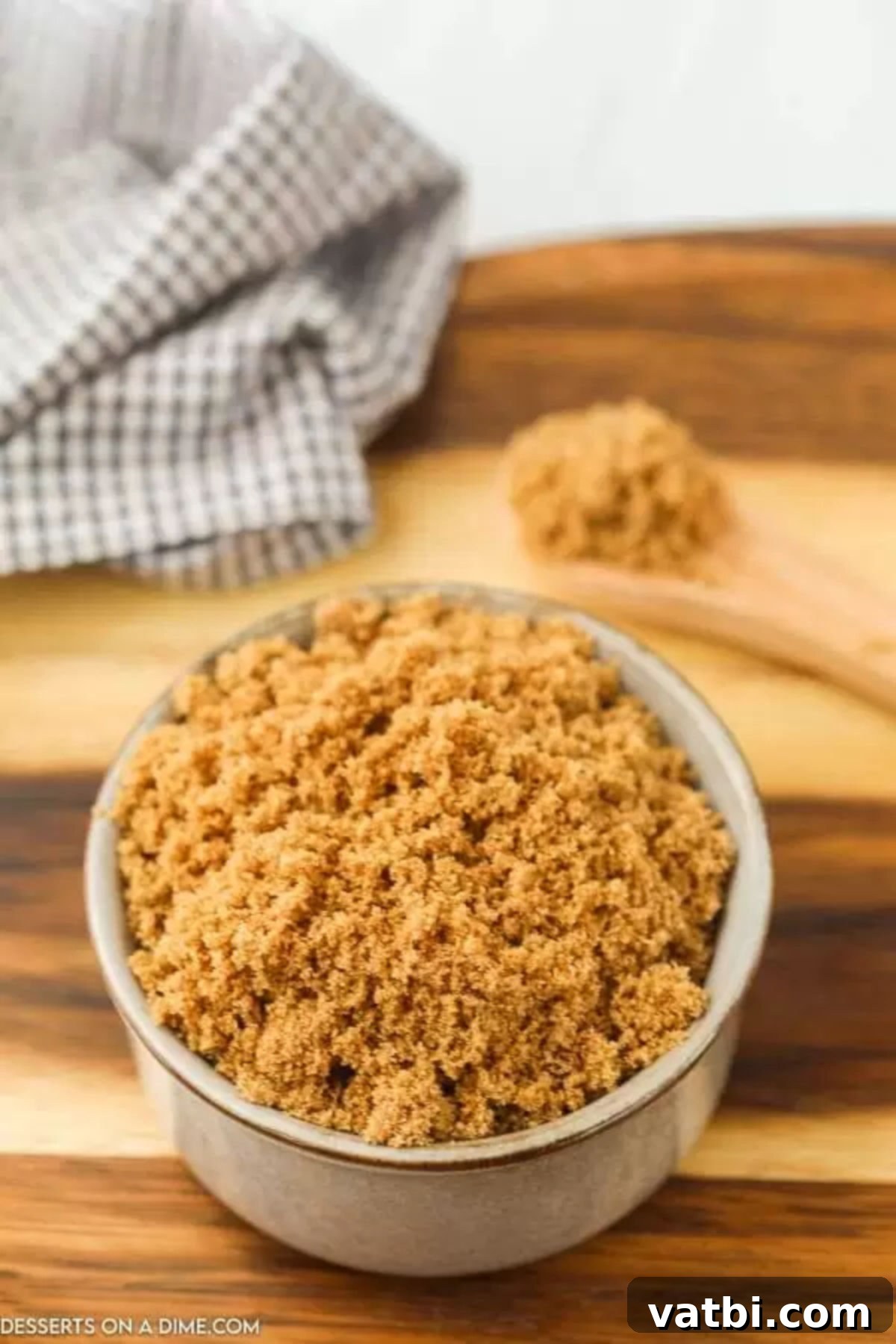
Brown sugar is more than just a sweetener; it’s a fundamental component that brings a unique richness and moist texture to a vast array of dessert recipes. From our cherished cookie creations to fluffy quick breads and countless other confections, its presence is often indispensable. The good news is that learning how to make brown sugar at home is surprisingly straightforward, needing only two pantry staples: granulated sugar and molasses. This simple process eliminates the frustration of discovering an empty brown sugar container just when you’re ready to bake. Imagine effortlessly whipping up your favorite treats like Classic Chocolate Chip Cookies, a moist Brown Sugar Banana Bread, a luscious Brown Sugar Syrup, festive Gingerbread Kiss Cookies, or tender Brown Sugar Cookies, all thanks to your homemade supply. I also frequently use it to prepare my delightful Brown Sugar Frosting.
What You’ll Find in This Guide: Homemade Brown Sugar Recipe
- Why You Should Make Your Own Brown Sugar
- Essential Ingredients for Homemade Brown Sugar
- Creative Variations and Substitutions
- Easy Step-by-Step Instructions
- Proper Storage for Freshness
- Frequently Asked Questions About Brown Sugar
- Complete Homemade Brown Sugar Recipe Card
Why You Should Make Your Own Brown Sugar
There are numerous compelling reasons to embrace this simple homemade brown sugar recipe. First and foremost, it’s an incredible time-saver. Imagine being halfway through a recipe only to realize you’re out of brown sugar! Instead of interrupting your baking flow for a trip to the store, you can quickly whip up a batch in minutes. This convenience alone makes it a game-changer for any avid baker.
Furthermore, this recipe offers versatility that store-bought options can’t always provide. Whether your recipe calls for light brown sugar or demands the richer, deeper notes of dark brown sugar, you have complete control. The only difference lies in the amount of molasses you incorporate, allowing you to tailor your brown sugar to perfection for any dish.
Beyond convenience and customization, making brown sugar at home is also cost-effective. Granulated sugar and molasses are generally inexpensive, long-lasting ingredients. By combining them yourself, you often spend less than purchasing pre-packaged brown sugar, especially if you bake frequently. It also ensures you always have a fresh product, free from any additives or anti-caking agents that might be present in some commercial varieties. This simple blend of granulated sugar and molasses not only provides a perfect substitute but often yields a superior, more flavorful result that enhances all your favorite baked goods.
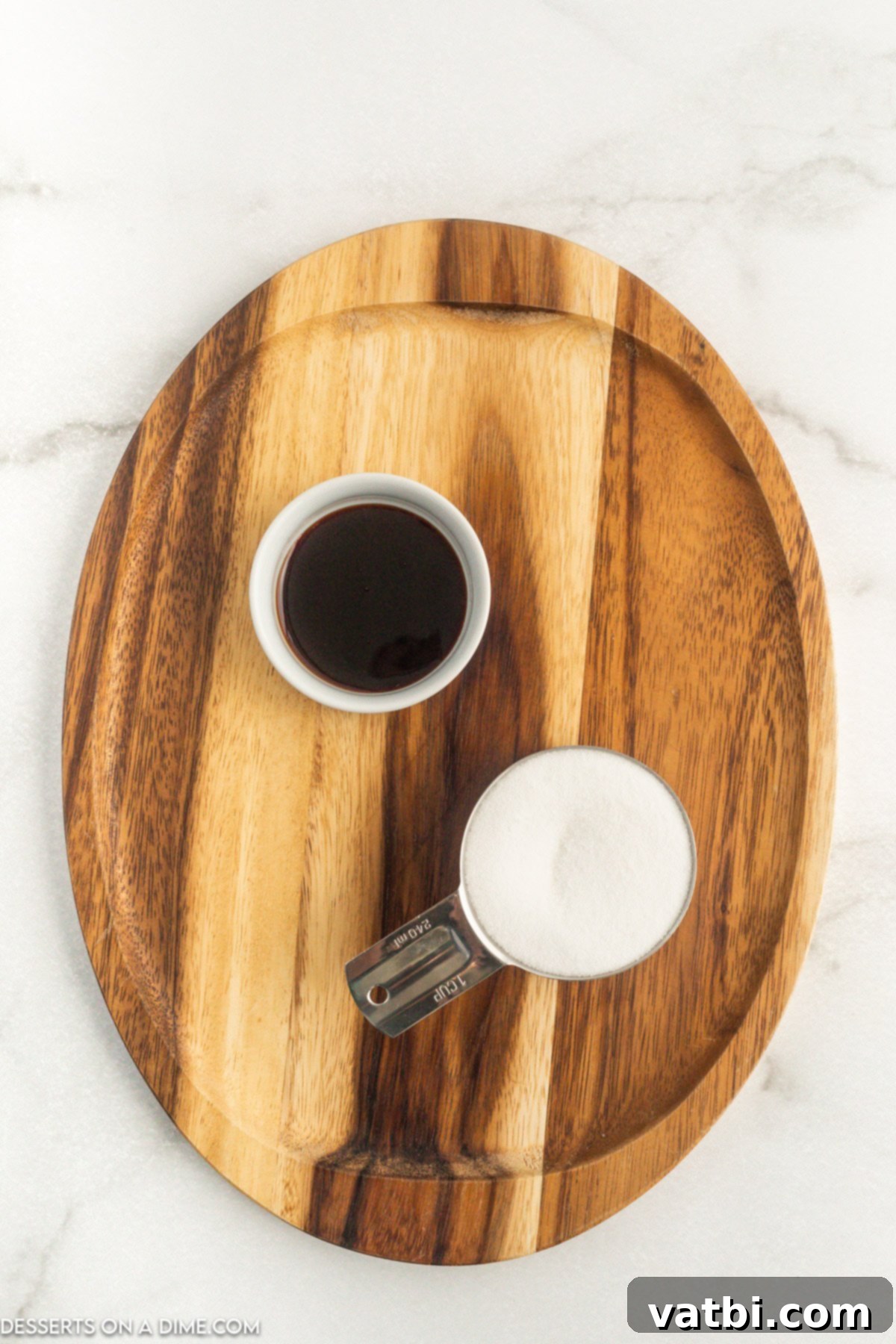
Essential Ingredients for Homemade Brown Sugar
Crafting your own brown sugar requires just two fundamental ingredients:
- Granulated White Sugar: This forms the base of your brown sugar. Any standard white granulated sugar will work perfectly. It’s the purity of this sugar that allows the molasses to truly shine and impart its distinct flavor and color.
- Molasses: This is the magical ingredient that transforms white sugar into brown. The type of molasses you choose significantly impacts the final flavor and color of your brown sugar.
- Light or Dark Molasses: These are generally preferred for homemade brown sugar. Light molasses will yield a lighter brown sugar with a milder caramel flavor, while dark molasses results in a richer, deeper brown sugar with a more pronounced caramel taste. Most recipes call for light brown sugar, so starting with light molasses is a good general recommendation.
- Blackstrap Molasses: While technically a type of molasses, blackstrap molasses is typically not recommended for making brown sugar, especially for baking. It has a much stronger, more bitter, and less sweet flavor profile, which can overpower delicate baked goods and result in an undesirable taste. It’s best reserved for recipes specifically calling for its intense flavor, such as certain savory dishes or health-focused preparations.
For precise measurements and a full printable version of the recipe, refer to the recipe card located at the bottom of this page.
Creative Variations and Substitutions for Brown Sugar
While molasses is the traditional ingredient for making brown sugar, you can experiment with other liquid sweeteners if you’re looking for different flavor profiles or if you don’t have molasses on hand. These alternatives offer unique twists to your homemade brown sugar:
- Maple Syrup: For a delightful brown sugar with subtle maple notes, substitute molasses with pure maple syrup. Add one tablespoon of real maple syrup to a cup of white granulated sugar. The real, unadulterated maple syrup offers the best flavor, but in a pinch, you can use a high-quality flavored maple syrup. This variation works beautifully in fall-themed desserts, oatmeal, or anything where a hint of maple flavor is desired.
- Agave Nectar: If you prefer a milder flavor and a slightly lighter color, agave nectar is an excellent alternative. Combine one tablespoon of agave nectar with a cup of white sugar. The resulting brown sugar will have a delicate sweetness and a less intense flavor than traditional molasses-based brown sugar. It’s ideal for recipes where you want a subtle sweetness without overpowering other flavors.
- Honey: Using honey to make brown sugar provides a distinct floral or earthy undertone, depending on the type of honey. Buckwheat honey, for instance, has a strong, robust flavor that mimics some of the depth of molasses. Add one tablespoon of buckwheat honey to a cup of white granulated sugar and mix thoroughly. The texture and application will be similar to using molasses, but with a unique honey-infused taste. Lighter honeys can also be used for a milder effect.
Remember that the specific flavor and color of your homemade brown sugar will vary with each substitution, offering exciting new dimensions to your baking projects.
Easy Step-by-Step Instructions for Making Brown Sugar
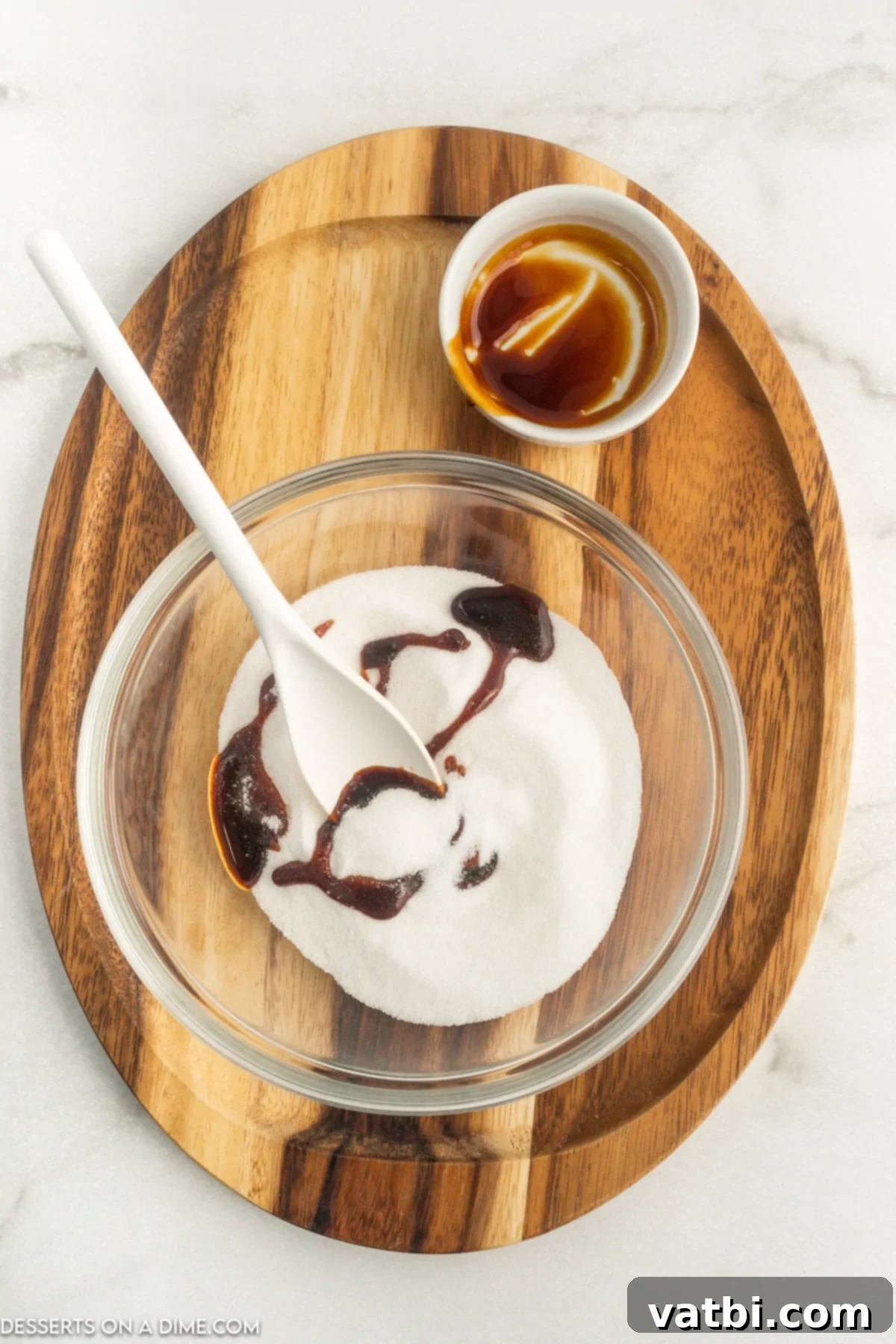
Step 1: Combine Ingredients. In a medium-sized mixing bowl, add your granulated white sugar. Then, pour in the molasses (or your chosen alternative like maple syrup, agave nectar, or honey). For optimal results and ease of mixing, ensure your molasses is at room temperature. This will allow it to blend more smoothly with the sugar.
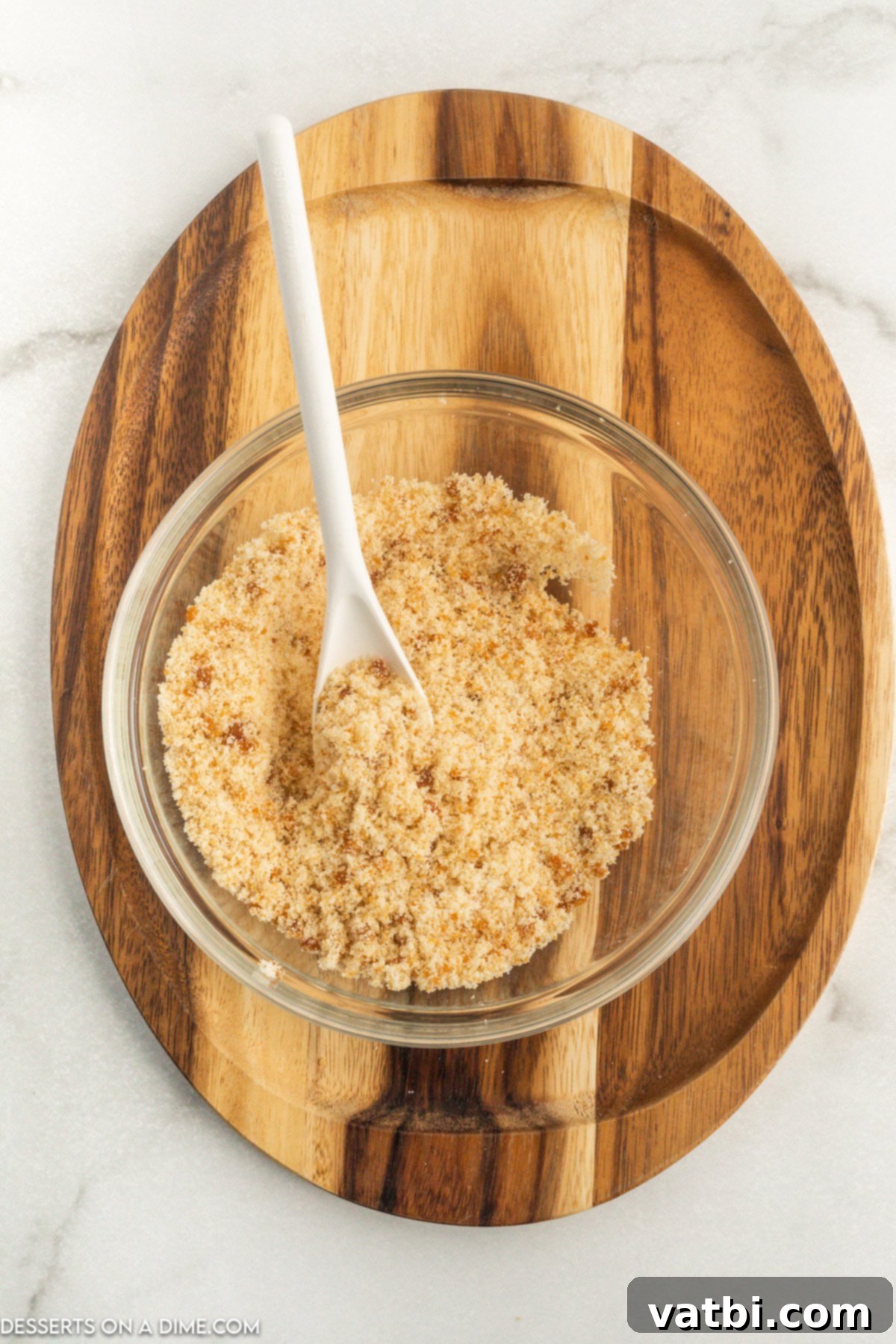
Step 2: Mix Thoroughly. Using a sturdy spoon, your hands (wearing gloves is recommended to avoid sticky messes!), or a stand mixer with a paddle attachment, thoroughly mix the sugar and molasses. Continue to mix for 2-3 minutes, or until the molasses is completely and evenly distributed throughout the sugar. The mixture should transform from white granulated sugar into a uniform brown color with a moist, crumbly texture. If using a food processor, pulse until the desired consistency and color are achieved – this is usually the quickest method for perfectly consistent brown sugar.
Proper Storage for Freshness
Proper storage is key to keeping your homemade brown sugar soft, moist, and ready for all your baking needs. Here’s how to store it effectively:
Always store your homemade brown sugar at room temperature in an airtight container. The airtight seal is crucial because it prevents air from circulating, which can dry out the molasses and cause the sugar to harden into a solid block. A cool, dry pantry is the ideal environment, away from direct sunlight or extreme temperature fluctuations. Avoid storing it in the refrigerator, as the cold temperatures can also lead to hardening.
Mason jars or glass containers with tight-fitting lids are excellent choices for storage. These not only provide an effective seal but also allow you to easily see your sugar supply. While plastic bags can be used, ensure they are heavy-duty and have a reliable zip-top seal to prevent air exposure. When stored correctly, your homemade brown sugar can last for several months, just like its store-bought counterpart. To further extend its softness, you can place a brown sugar keeper, a slice of fresh bread, or a few marshmallows inside the container. These items will release moisture, keeping your brown sugar perfectly soft and pliable.
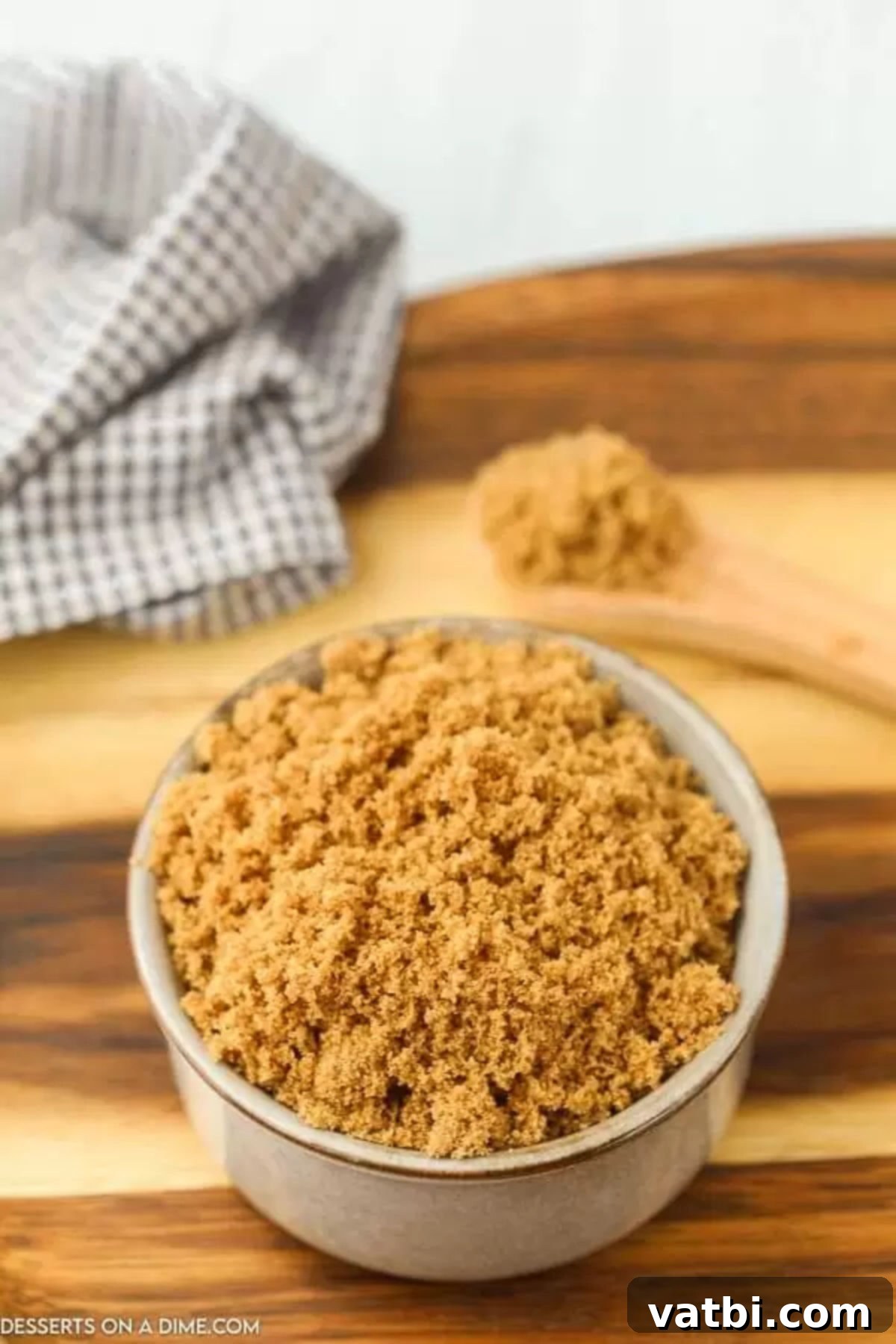
Frequently Asked Questions About Brown Sugar
It’s a common problem for brown sugar to harden over time due to moisture loss. Fortunately, there are several easy ways to bring it back to its soft, usable state:
- Microwave Method: Place the hardened brown sugar in a microwave-safe bowl. Dampen a paper towel (don’t soak it, just make it moist) and place it over the sugar or directly on top. Microwave in 10-second intervals, checking after each burst, until the sugar is soft and crumbly. Be cautious not to over-microwave, as the sugar can melt. The damp paper towel creates a steamy environment that quickly reintroduces moisture.
- Bread or Apple Slice Method: Place a fresh slice of bread or a few apple slices in the airtight container with the hardened brown sugar. Seal the container and leave it overnight, or for about 24 hours. The brown sugar will absorb moisture from the bread or fruit, softening it. Remember to remove the bread or fruit after it softens (typically within 1-2 days) to prevent mold growth.
- Terra Cotta Disk Method: You can purchase special terra cotta disks designed to keep brown sugar soft. Simply soak the disk in water for about 15-20 minutes, then place it in your brown sugar container. The disk will slowly release moisture, keeping your brown sugar soft for extended periods.
Absolutely! The beauty of making brown sugar at home is the ability to customize its darkness and flavor intensity. If you need dark brown sugar for your recipe, simply increase the amount of molasses you add to the granulated white sugar. Instead of one tablespoon, add up to two tablespoons of molasses per cup of white sugar. This higher molasses content will result in a darker color, a richer, more robust caramel flavor, and a slightly denser, moister texture compared to light brown sugar. Dark brown sugar is often preferred in recipes where a more pronounced molasses flavor is desired, such as gingerbread, fruitcakes, or certain BBQ sauces.
While you can substitute white granulated sugar for brown sugar in many baking recipes, it’s important to be aware that the final product’s texture, appearance, and flavor will likely differ. Brown sugar, due to its molasses content, has a higher moisture level and a distinctive caramel-like flavor. This contributes to baked goods being softer, chewier, and often more moist. For example, a chocolate chip cookie made with brown sugar will typically be softer and chewier with a slight puffiness. In contrast, using only white sugar will result in a thinner, crispier cookie with a less complex flavor profile.
If you absolutely must substitute, a general rule of thumb is to add a small amount of liquid (like milk or water, about 1 tablespoon per cup of white sugar) to your recipe when replacing brown sugar with white sugar to help compensate for the lost moisture. However, the unique flavor of brown sugar cannot be fully replicated without molasses or a similar dark syrup.
The primary difference between light and dark brown sugar is the amount of molasses they contain. Light brown sugar has about 3.5% molasses by weight, giving it a milder caramel flavor and lighter color. Dark brown sugar contains about 6.5% molasses, which provides a stronger, more intense molasses flavor and a deeper, richer color. Both types can be used interchangeably in some recipes, but using the specified type will yield the intended flavor and texture. For instance, dark brown sugar is preferred for hearty baked goods like gingerbread, while light brown sugar is often used in cookies, cakes, and quick breads.
“Better” can be subjective, but homemade brown sugar offers several advantages. It’s incredibly fresh, often contains no anti-caking agents that some commercial brands might use, and allows for complete control over the type and amount of molasses, letting you fine-tune the flavor and darkness. This means you can create a brown sugar perfectly suited to your taste and your specific baking needs. Plus, the convenience of making it on demand means you’ll always have it fresh, ensuring your baked goods always get the best possible flavor and moisture.
Don’t hesitate to try this homemade brown sugar recipe today and experience its incredible ease and superior taste. Your favorite recipes will be elevated to a whole new level of deliciousness!
Explore More Dessert Recipes Using Brown Sugar
Easy Candy
Cinnamon Roll Popcorn
Cakes
Crescent Roll Apple Dumplings
Quick Bread
Brown Sugar Banana Bread
Cakes
Oatmeal Cake
Pin
Homemade Brown Sugar Recipe
Ingredients
- 1 cup Granulated White Sugar
- 1 Tbsp Molasses (light or dark, avoid blackstrap)
Instructions
-
In a medium-sized mixing bowl, combine the granulated white sugar and molasses (or your chosen alternative liquid sweetener). Ensure the molasses is at room temperature for easier blending.
-
Stir or mix vigorously for 2-3 minutes using a sturdy spoon, your hands, a stand mixer with a paddle attachment, or pulse in a food processor. Continue until the molasses is thoroughly and evenly distributed, resulting in a uniform brown color and moist, crumbly texture.
-
Your homemade brown sugar is now ready to use as a substitute for store-bought brown sugar in all your favorite recipes!
-
For optimal freshness, store in an airtight container in a cool, dry place at room temperature.
Recipe Notes
Nutrition Facts
Pin This Now to Remember It Later
Pin Recipe
